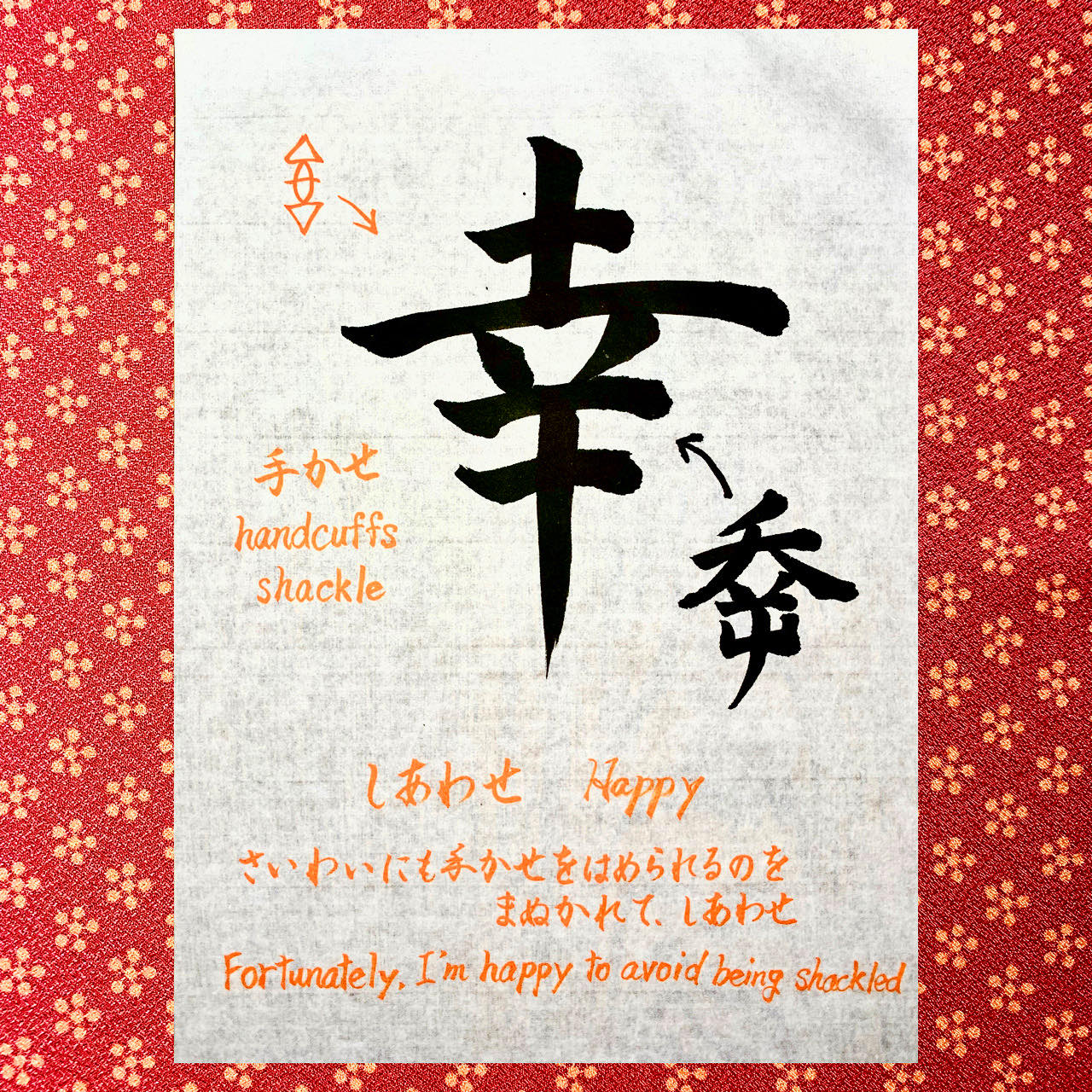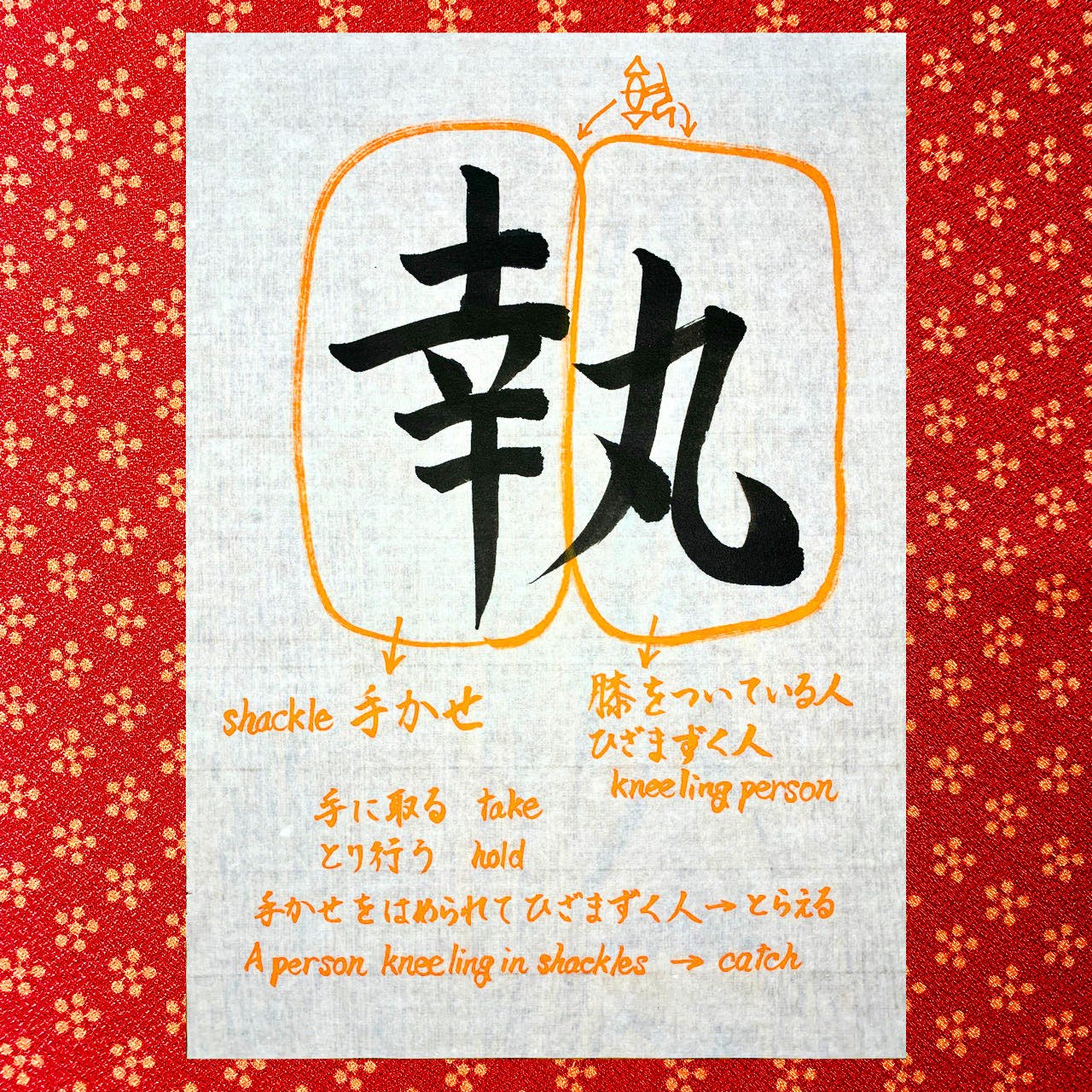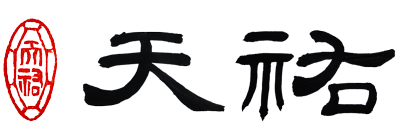先日のライブ配信でリスナーさんから聞いた【幸】という漢字について調べてみました。
すると、手枷の象形文字からできていることが分かりました。

手枷からどのように幸せに繋がっていくのかと思ったら、『幸いにも手枷をはめられるのを免れて幸せ』という意味を表している漢字だったのです!
まさか、逆説の【幸】だったとは驚きました。
偶然にも【幸】を調べた時に【執】のことについても書かれていたので、こちらも併せて調べてみました。

【幸】はやはり、手枷を表しています。
驚いたのが【丸】の部分で、何とひざまずく人を表していたのです!
つまり【執】は手枷をはめられてひざまずく人を表している漢字だったのです!
同じ手枷をルーツに持つ2つの漢字【幸】と【執】では、くっきりと明暗が別れるストーリーが隠されていました。
手枷というのが、長く続く人間社会の闇の部分を表しているようにも感じます。
When I checked the kanji that I heard from listeners during my live broadcast the other day, I found out that it was made up of hieroglyphs of shackles.
Fortunately, it is a kanji that means happiness, avoiding shackles.
I was surprised that it was paradoxical [幸].
When I looked at [幸], I also wrote about [執], so I also looked for it here.
[幸] still means shackles.
What surprised me was the [丸], which represented a kneeling person!
In other words, [執] was a kanji character that represents a person kneeling with shackles!
The two kanji characters [幸] and [執], which have the same shackles at their roots, have hidden the story where light and darkness are clearly separated.
I feel that shackles represent the dark part of human society that lasts a long time.
